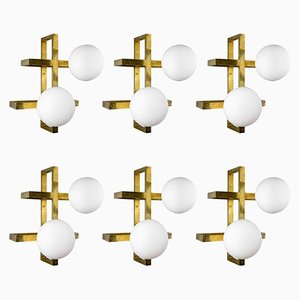A Q&A with design great India Mahdavi
Inspired Landscapes
As far as we're concerned, India Mahdavi is in a class all her own. The Iranian-born, Paris-based architect, designer, and scenographer is known for richly hued, minimal yet playful work, marked by strokes of humor, sensuality, and glamour. We spoke to Mahdavi this week about the inspiration behind her standout Landscape collection—inspired by the vibrant colors of 15th-17th century Iznik tiles—as well as her great respect for time and place.
AC: In the Landscape series, you work with specific quartz tiles that are produced in Turkey, true to the techniques that were used in 16th-century Ottoman culture. What was the motivation behind your use of this traditional material as a starting point?
IM: Carwan Gallery, which asked me to design the Landscape series, is very much about East meeting West. The idea behind the gallery’s collection is the application of Oriental and traditional techniques for contemporary use. Regardless of the fact that ceramics are used a lot in the Middle East, I’ve always used it myself because it’s a material that I love and cherish. I specifically chose Iznik-style tiles because their high-quality quartz makes for real depth of color.
AC: How did you choose the color palette?
IM: Iznik’s vibrant colors inspired me to create my own landscape. I also wanted them to work indoors as a substitute for light.
AC: Please tell us about your approach to patterns and shapes. What are your inspirations? Are there certain guidelines you like to stick to or do you create compositions rather intuitively?
IM: I think I have the ability to use patterns instinctively because they were embedded in me by my Oriental background. So that’s why they are present in many of my projects. But I feel that I’m beyond pattern these days, and much more about texture. I don’t like being too systematic.
AC: When designing objects as well as interior spaces, how do you work with the history and culture of a site and/or a material? Is this an important factor in your design process?
IM: The location/history of a project is the invisible client that sits beside the human client at my table. It has presence and a voice of its own, and is absolutely crucial to my design process as a result. When I designed the Condesa DF Hotel in Mexico City, for example, I had to imagine what it would be like for both the locals and the foreigners. I wanted to create a point of exchange where they could all meet. It was also for the Condesa Hotel that I started using ceramic for furniture. It was from that project that my bestseller Bishop stool was born.
Thank you so much, India!
If you'd like to learn more about India Mahdavi, take a peek at our feature story, India Anew.
More to Love
Sputnik Chair by Harow

Minor Flaws Pinecone Pendant by Stoft Studio, 2016

Minor Flaws Firecone Pendant by Stoft Studio, 2016
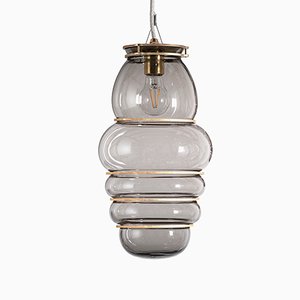
Minor Flaws Chestnut Pendant by Stoft Studio, 2016
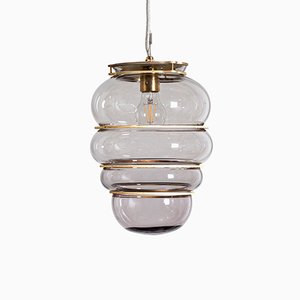
Minor Flaws Acorn Pendant by Stoft Studio, 2016
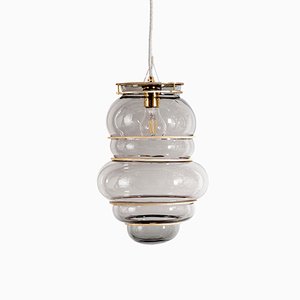
Brass Sputnik Chandelier with Iridescent Murano Glass Globes by Glustin Luminaires

Brass & Acrylic Glass Sconces by Diego Mardegan for Glustin Luminaires, Set of 2
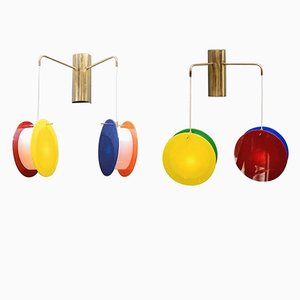
Brass Wall Sconces with Glass Globes by Glustin Luminaires, 2015, Set of 6
